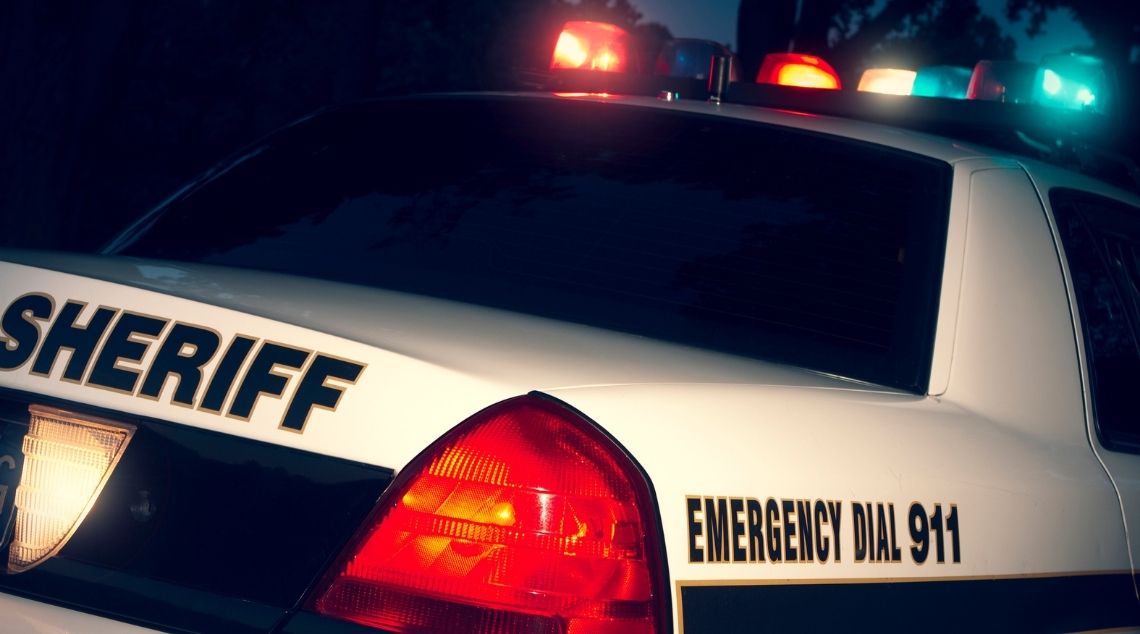As we wrap up the first quarter of a very eventful 2020, we take a look at the current status of sheriff departments around the country. A vital element of law enforcement, sheriff’s offices have long struggled with issues such as low budgets and understaffing, often while trying to cover large rural territories. The next election may look slightly different, depending on the ongoing status of the coronavirus pandemic, and the fact is that the virus has also affected sheriff operations all around the country.
Starting in March, many voters acted on their civic voting duty in a round of elections, some of which would end up postponed due to coronavirus concerns. One sheriff election in Greenville County, South Carolina, reported exceedingly low numbers of voter turnout. The election on March 10 came near the very beginning of the real coronavirus lockdown period, which has caused a row of dominoes to fall in the form of postponed primaries.

In other districts, such as Black Hawk County, Iowa, prepared to update their operational protocol in light of the virus and the Centers for Disease Control’s (CDC) recommendations on preventing its spread. These updated procedures include increased sanitary measures and cleaning of county jails, and some counties are even considering the possibility of early release for non-violent inmates. These procedures must be conducted with diligence in order to help contain the spread of the virus, and certainly these proceedings may set some precedent for future scenarios.
Meanwhile, the same issues that have plagued sheriffs for years are still regular topics of discussion for those on the election trail. In Mount Vernon, Ohio, a part of Knox County, two sheriffs facing off for the position have shed light on the current state of affairs within the jurisdiction. Incumbent David Shaffer differs distinctly from his challenger, Danville police chief Daniel Weckesser. Weckesser prefers to plan for more direct communication with each township rather than dividing the county’s 22 townships into four areas that share a rotation of deputies. This, Weckesser, isn’t fair nor safe practice. It is his belief that all townships and their residents must be given the access to protection and assistance as the next. Of course, much of the staffing issue can be attributed to funding, which is notoriously difficult to come by, particularly at the hand of voters. In addition, Weckesser draws attention to the concept of increased transparency about the sheriff’s office’s operations as well as more provisions for the mental health of the officers and deputies.
These issues and more are important to continue to address as we look to further support the operations of the country’s sheriff’s offices. Providing the right information regarding the state of law enforcement around the country will inform voter decisions when it comes time to cast their votes in the upcoming election.
Despite the history, the folklore, and the legacy of the local sheriff, the lone elected law enforcement position in the country stands against opposition and dwindling support in the modern world. Why is this? What happens if the local sheriff as we know ceases to exist? It is imperative that we find the answer and the solutions to this question, as sheriffs continue to play an integral and irreplaceable role among our law enforcement jurisdiction. Read more here.










